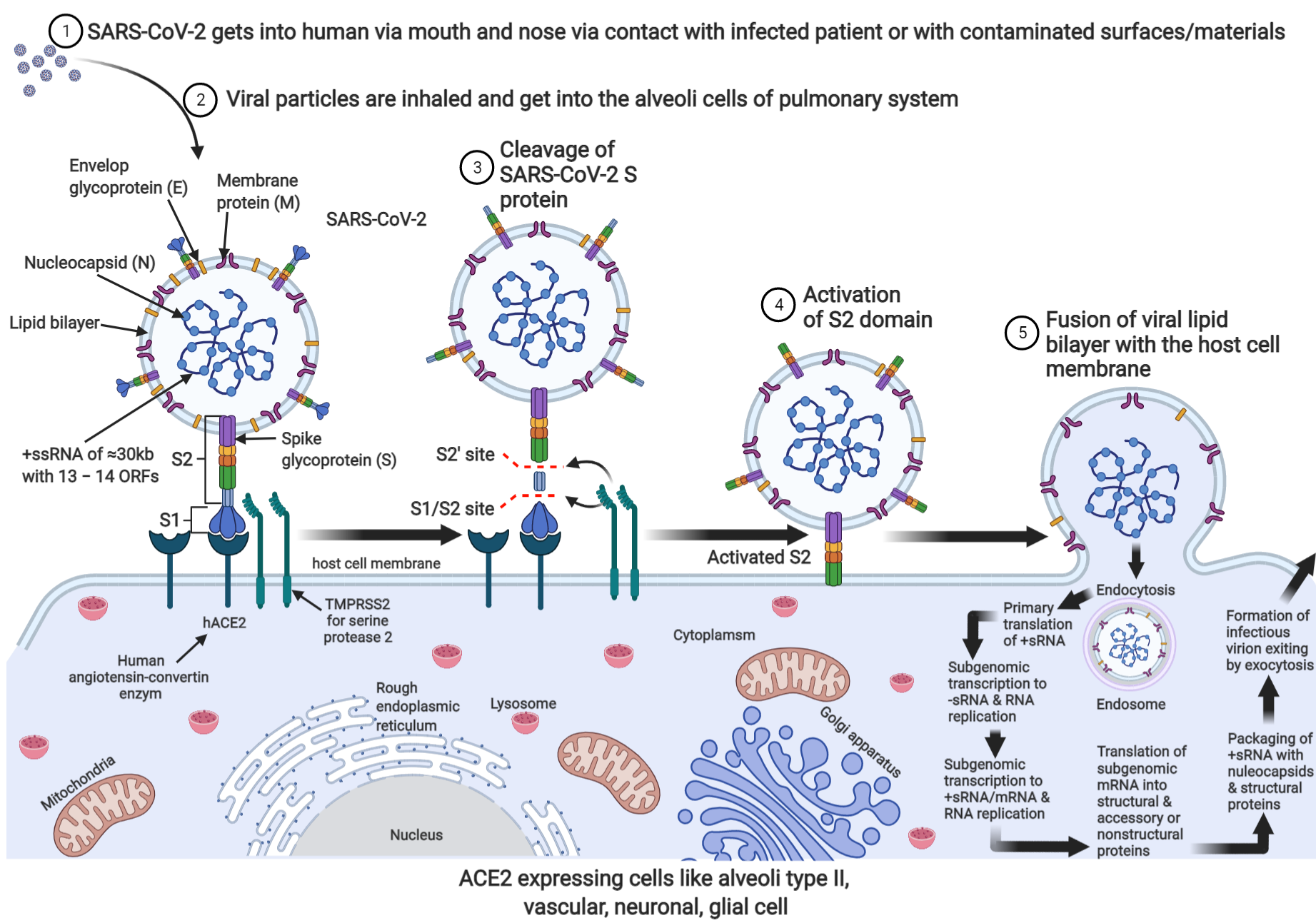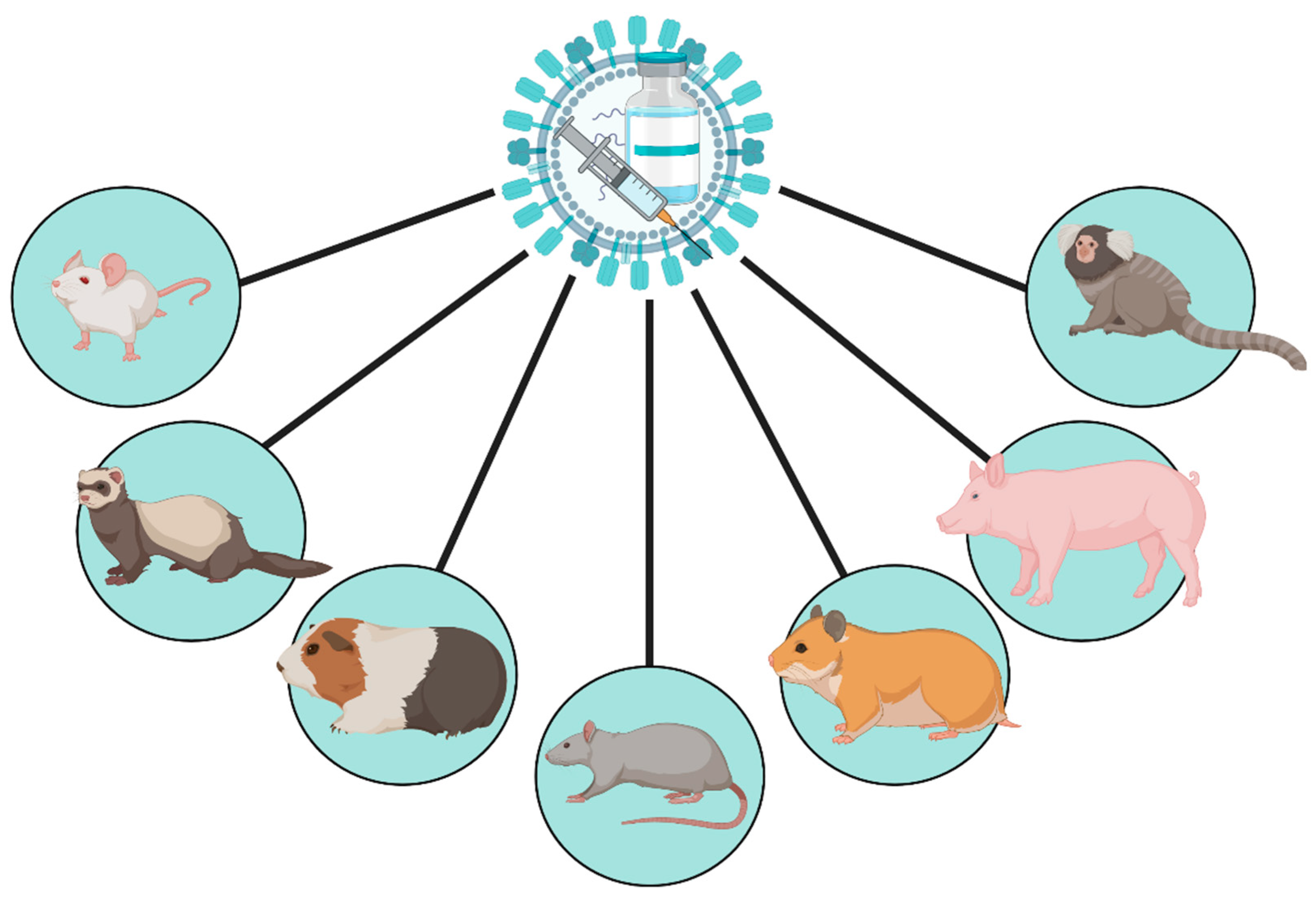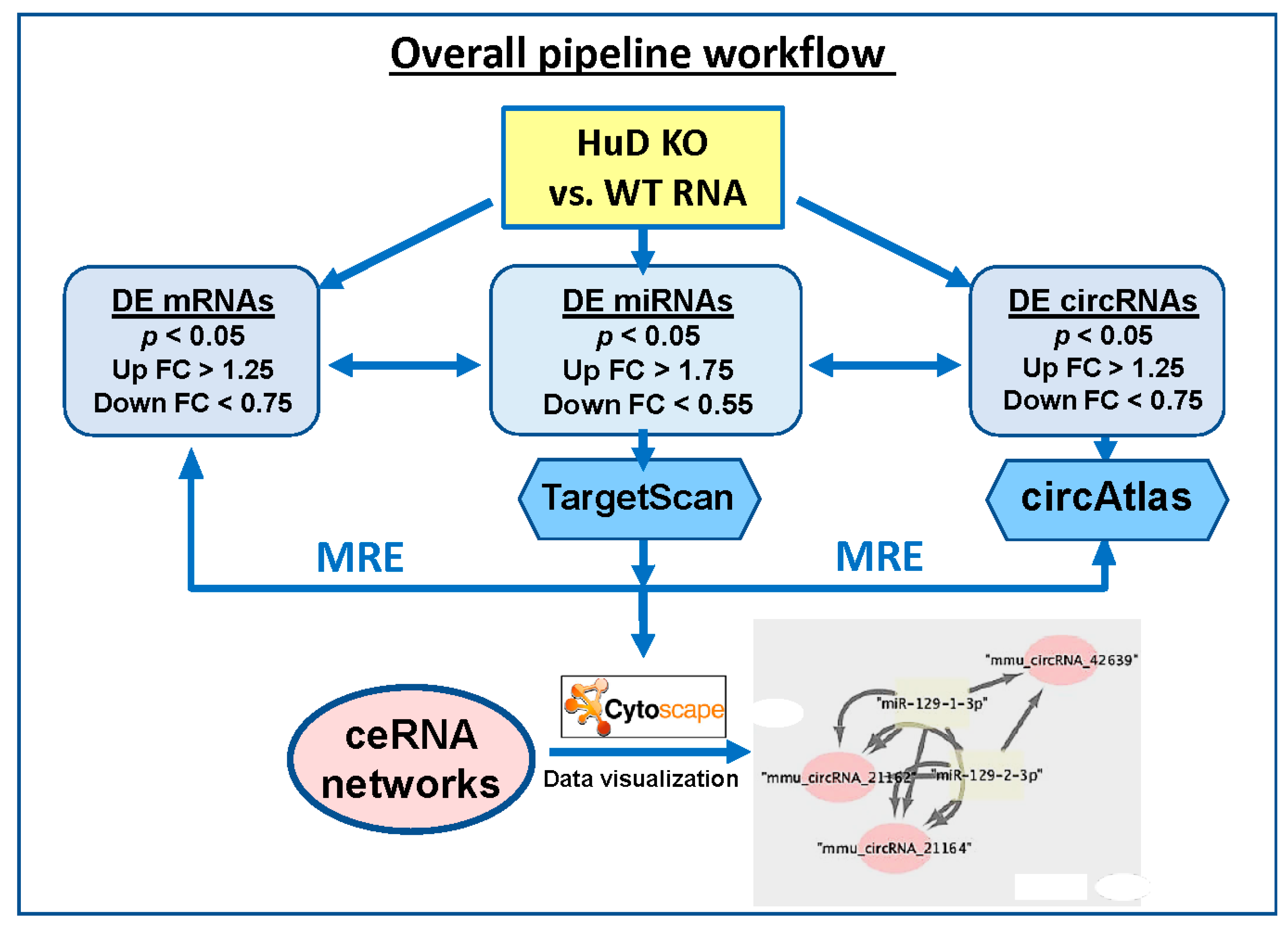Transgenic Animals Online Biology Notes

This article provides an overview on transgenic animals.
Transgenic animals online biology notes. However there are many ethical issues regarding the use of transgenic animals because the genome of transgenic animals is deliberately modified. The key disadvantages of microinjection are that it is long costly and needs to be carried out by trained and certified workers. Its body is almost bell-shaped or campanulate with a free anterior end surrounded by cilia.
Introduction Gardnerella vaginalis is known by various names such as Haemophilus vaginalis and Corynebacterium vaginale. A transgenic animal is an animal in which one or more genes have been introduced into its nonreproductive cells. After injecting the DNA the embryo is implanted into the uterus of receptive females.
The animal production industry is gradually reaching towards revolution due to the development of genetic map knowledge of expression of genes and techniques for large propagation. Clinical cultural and Biochemical diagnosis. Foreign genes are inserted into the germ line of the animal so it can be transmitted to the progeny.
Transgenic animals 1. The transgenic animals are created because of the benefits they provide to the man. The foreign gene is constructed using recombinant DNA methodology.
The dependence of man on animals such as cattle sheep poultry pig and fish for various purposes milk meat eggs wool etc is well known. Transgenic animals have great importance as 1 to study the normal physiology and development working of genes their regulation etc. Applications Of Transgenic Animals.
The growth in the field of molecular biology and biotechnology is due to the intensive research using transgenic animals. Gardnerella vaginalis associated Bacterial Vaginosis BV. The first transgenic animal was produced in 1983 when genes for human growth hormone were introduced into mice.



















